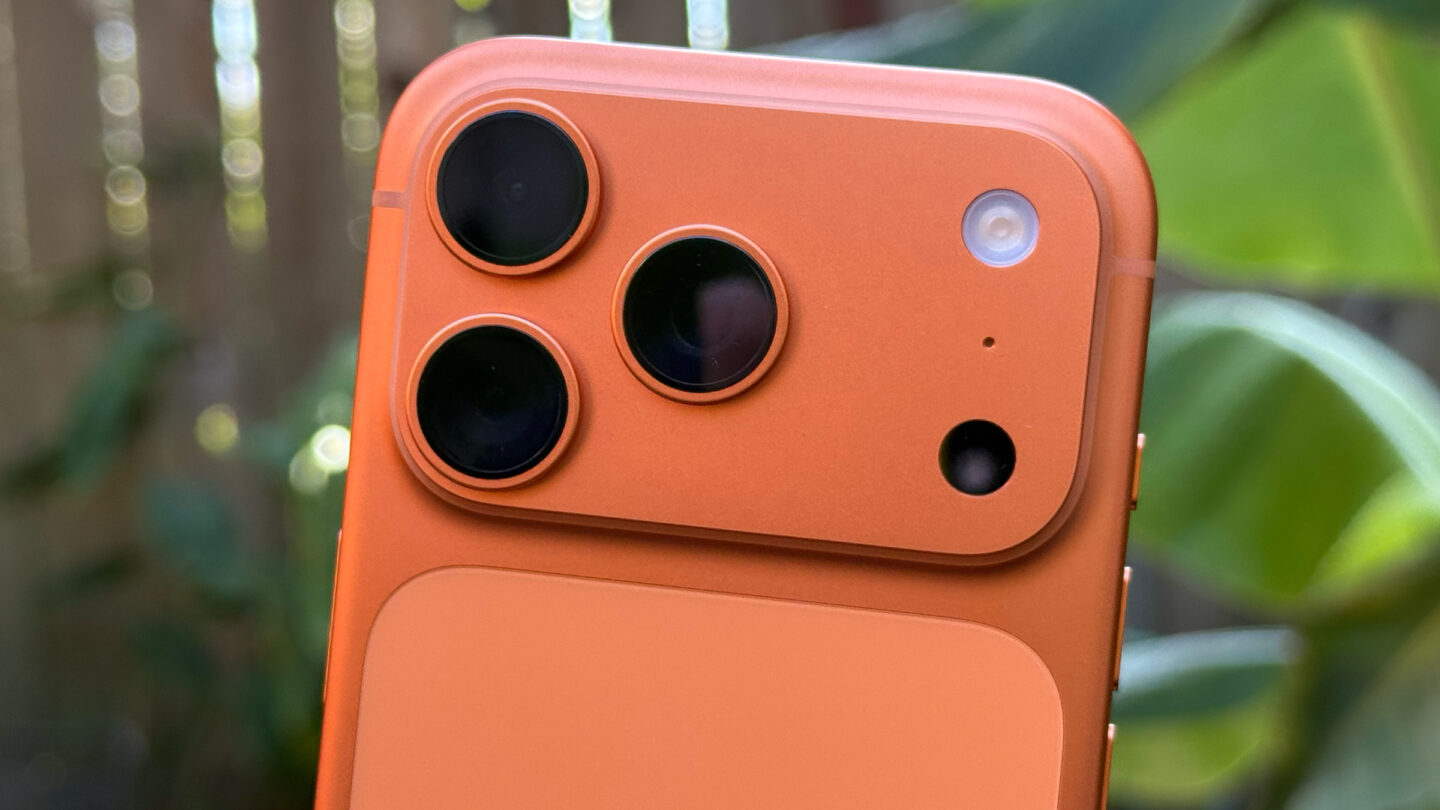
Early iPhone 17 users report its glass-and-aluminium back scratches too easily. Even demo units in Apple Stores are already showing scuffed-up backs just days after launch.
The iFixit team, with help from a material scientist, has provided a detailed explanation for the iPhone 17 Pro‘s scratchgate issue.
The iPhone 17 Pro might not age well due to scratchgate
Previous iPhones entirely used a glass back. But with the iPhone 17 Pro series, Apple switched to a mix of aluminium and glass. The bottom half uses Ceramic Shield 2 glass, which offers up to 3x better scratch resistance. And it lives up to the claim, offering better scratch protection than its predecessor.
The problem lies with the new aluminum chassis. More specifically, it’s the anodized layer Apple uses to achieve that bright orange finish.
With the help of material scientist David Niebuhr, who teaches mechanical engineering at California Polytechnic State University, the iFixit team got to the bottom of the problem. Using a level 4 pick, the folks could only leave shallow, surface-level scratches on the iPhone 17 Pro’s back. The aluminum underneath was safe.
But the edges of the camera plateau aren’t as resistant to scratches. In iFixit’s testing, they “flaked badly,” and according to Niebuhr, this damage is called “spalling.”
The science behind the iPhone 17 Pro’s camera plateau scratching easily
So, why does this happen? Niebuhr explains that the sharp edges of the camera bump don’t hold the anodization layer as firmly as the rest of the phone.
“Even if the oxide layer were made thicker to shore up the edge, the result would be the same or worse. Thin oxide layers can deform with their substrate to a small degree. A thicker oxide would be more prone to spalling and removing even more substrate when it fractured,” says the metal scientist.
More importantly, since the anodized layer breaks at the edges of the camera plateau, it reveals the aluminium underneath. This makes the scratches more visible.
Niebuhr believes Apple could have avoided the entire issue by making a more gradual curve. Sharp corners are prone to such issues.



